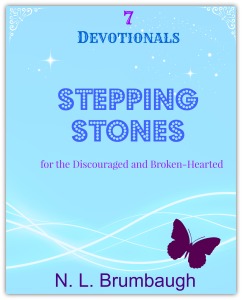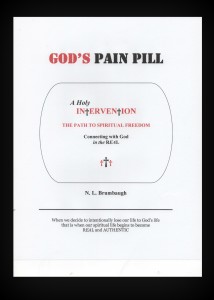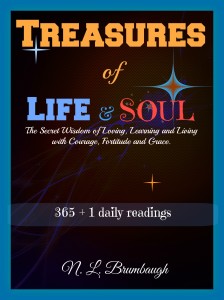I was a teacher, now I’m a writer. There are crossovers between the two.
 I was reflecting the other day about the novelty of writing and how it intersects with teaching and speaking. I am a teacher. I am a writer. I am a speaker. There is major overlap in these roles and how they function. Those who write have a message to send out. Likewise, teachers are in the business of educating or they’re out of a job. The person who speaks must have something to say or the audience loses their focus and they won’t be invited back for another go round. Each is a communicator of a message.
I was reflecting the other day about the novelty of writing and how it intersects with teaching and speaking. I am a teacher. I am a writer. I am a speaker. There is major overlap in these roles and how they function. Those who write have a message to send out. Likewise, teachers are in the business of educating or they’re out of a job. The person who speaks must have something to say or the audience loses their focus and they won’t be invited back for another go round. Each is a communicator of a message.
As a reader, I recently read the book Unbroken. I was confronted with many human emotions; those of courage, bravery, endurance, compassion, hatred, evil, fear, suffering, love, hope, and forgiveness. Louis Zamperini resonates with us. The story is more than just a page turner. It speaks. It shows. It teaches. It is a story with a powerful message. . . and we get it.
As an educator, my favorite years were those I spent as a reading specialist. I taught reading and language arts interventions to students performing below grade level. The goal was to bring their skills up and closer to grade level. My first key step with any new group was to engage their interest. Buy-in matters. A lot. A teacher learns to create a learning environment that has a strong ‘cause and effect’ component. There should be measurable learning. Growth. Performance. Success. Achievement.
As a communicator of the written word, my role as a writer has many of the same elements. I want my readers to engage and to become interactive in the conversation. I want them to wrestle with my statements and even argue with them but to think and consider and draw conclusions. It is essential that I create an environment which stimulates interest and then formulates an opinion until the message is understandable and considered, received or embraced. To do this, I must be wise in my choice of words and incremental in their delivery.
As a teacher, we have lesson plans with clear objectives. The job requires concise methods, skilled preparation, and effective pedagogy. Before a teacher takes center stage in the classroom, they must have a lesson objective with a concrete instructional plan and a predetermined process they will use in order to meet the instructional objectives. A savvy teacher will incorporate many tools to enhance and clarify their lesson: books, visuals, audio, illustrations, physical activity, interactive action, and technology. In an incremental sequence, the academic component of instruction is developed by building upon students’ prior knowledge and expanding their capacity for learning the material. A frequent ‘check for understanding’ gives feedback to the teacher as to whether it’s happening or not.
As a writer, a similar task is set before us. Like the teacher or speaker, the writer will need to set up the case in accordance with their objective. They will predetermine what they want their readers to take away from the writing or book. An effective writer knows where they’re heading and then they employ language in a way that will bring the reader along with them. It is critical for the writing to be compelling. It should grab the reader’s attention whether it’s the first line of an essay or a single page in a book. A writer may have five pages or four hundred pages to make their point before coming to the end where everything ties together. In teaching, we call it closure. That’s the job to do and to do well.
Writing and speaking are forms of teaching. That is why one can flip-flop between them. Here’s a bare-bones comparison.
TEACHING
- Set it up: Lesson to be learned/concept
- Teach it: What/why/when/how
- Add in: Key concepts/academic language–practice and use
- Sequence: Lessons/assessments
- Closure: Concept acquired/academic attainment
- Take away: Academic growth/knowledge gained
WRITING
- Set it up: Problem to be solved or overcome/subject
- Develop it: Who/what/where/how
- Add in: Setting/characters/timeline/conflict/dynamics–tease and tension
- Sequence: Plot development/chapters/concepts
- The End: Problem solved/conclusion
- Take away: Perspective/growth/useful information
In a similar way, a presenter or speaker follows an effective communication strategy. A hook gets the audience’s attention. The speaker presents an argument for the listeners to consider. The presentation will include support for their thesis with complimentary material that lists why it is true and important. At the conclusion, a speaker will restate the argument while leaving the listeners with something to take away, to use and apply in their life. It’s all about communicating well. The speaker knows where they’re heading–what they want the audience to consider–before the presentation is delivered. It’s an opportunity to teach and to inform.
Realizing where you’re headed and why is common sense. This makes me think of one of my dad’s sayings. Dad says that farming is pretty simple. There are three things you need to know. . . .
You need to know what to do. You need to know how to do it. And you need to know when to do it.
Pretty much sums it up.





